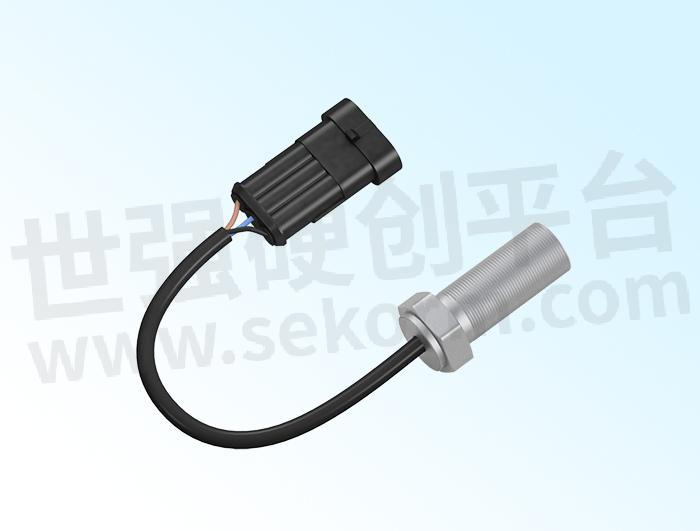What is the Difference Between Proximity Switch and Sensor?

What is the Difference Between Proximity Switch and Sensor? As a Hall IC Supplier, share with you.
1. Proximity switch is a type of switch sensor.
2. Sensors are mainly divided into three categories: switch sensors, analog sensors and digital sensors.
3. The output of the switch sensor is a switch signal with high and low level changes, which is generally used to detect the state, action, or position of the measured object. The signal output by the analog sensor is an analog signal of voltage or current that continuously changes with the measured physical quantity, and is generally used to detect the specific value of the physical quantity. Digital sensors usually process the measured analog signals to output digital data.
4. Switch sensors generally include proximity switches, photoelectric switches, and magnetic switches. Analog switches generally include temperature sensors, voltage sensors, pressure sensors, flow sensors, and so on.
Proximity sensors refer to devices with proximity sensing functions. Some of them can output analog signals, some can output digital signals through communication interfaces, and some can output simple switching signals, what you call a certain switch It is a kind of simple switch signal output.
China Gear Sensor
Therefore, the two are not exactly the same thing, but the relationship of inclusion.
For example, the pressure sensor you mentioned can output analog signals, which can obtain the actual pressure value; also output serial communication signals, which can also obtain the actual pressure value or judgment value; and output "1" or "0" Digital judgment signal; the simpler purely mechanical pressure switch is a two-wire "on" or "off" signal.
Generally, proximity switches or pressure switches use mechanical or pressure forces to sense or drive mechanical switches, while sensors sense the aforementioned forces, analyze and process them, and then output signals.
It can be understood that proximity switches, pressure switches, etc. output one or several digital quantities, and these digital values are done or set. The sensor output is generally an analog quantity, which is continuously output with the change of your distance or pressure within the rated range of the sensor. For example, the temperature sensor collection signal display can be continuously displayed in the range of X℃-Y℃, while the temperature switch is set to you. A signal is output at the set X℃, and no signal is output if the temperature is less than the set value.
Of course, everything is not absolute. The above is general, and it is not ruled out that there are more special product functions, which is not the case.
- +1 Like
- Add to Favorites
Recommend
- Standex Electronics Announces the MK33 SMD Reed Switch Series: Optimized to Switch High Power in a Small Footprint
- Proximity Beacons Are the Most Effective Devices for Proximity Marketing and Other Purposes
- Mibbo lYD Series Long Distance Cylindrical Proximity Switch Helping You Achieve Device over Length Detection
- LS03 Series Standard Liquid Level Sensor for Horizontally Mounting, Feature Magnetic Floats which Activate Reed Switches When the Liquid Level Rises or Falls
- NOVOSENSE Launches Low-power Hall Switches NSM107x Series for Industrial and Consumer Electronics Applications
- ROHM New Compact VCSEL Proximity Sensor Contributes to Greater Miniaturization and Battery Capacity in Wireless Earbuds and Wearable Devices
- Momentary Push Button Switch vs. Latching Push Button Switch: What’s the Difference?
- What is Gauss Rating and How to Use a Gauss Meter
This document is provided by Sekorm Platform for VIP exclusive service. The copyright is owned by Sekorm. Without authorization, any medias, websites or individual are not allowed to reprint. When authorizing the reprint, the link of www.sekorm.com must be indicated.






























































































































































































































































































































































































































































































































































































































































































































































































































































































